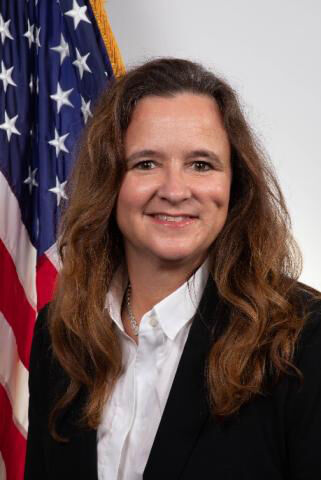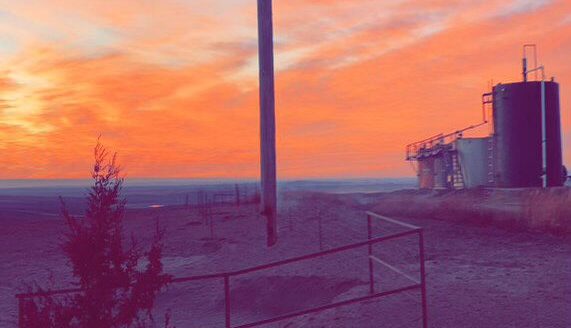A view from space can help farmers and ranchers as they put together their production plans, according to a NASA official.
Karen St. Germain, director of the Earth Sciences Division at the National Aeronautics and Space Administration, recently spoke about the mutual needs during a webinar at Kansas State University.
Agricultural is a data-driven industry and depends on reports for global market conditions, plus water management, in-season crop conditions and severity of weather and St. Germain said NASA is an important partner.
“NASA has supported agriculture for many years,” she said.
NASA provides soil moisture data and other information to the U.S. Department of Agriculture for global crop forecasts as an example, she said, adding it might be more critical than ever as producers have to deal with climate change and its impact on the United States and other farming regions across the plant. An imbalance that has occurred over the past 50 years has led to rising temperatures and rising oceans. “It is intensifying water cycles,” she said.
In practical terms, it means more severe rainfall events or drought and that impacts bottom lines for farmers and ranchers, she said.
St. Germain said NASA is committed to providing more accurate information to agriculture industry. Grain production depends on “what we plant, how we manage it and its environment.”
One of her focal points is to make sure that crucial information can get back to producers as quickly as possible, she said, and that includes trying to project more accurate stretches of wet and dry cycles so they can make adjustments in their growing season. Armed with that knowledge, producers may be able to adjust timing of inputs to help maintain yield and profitability, as an example. Mapping hailstorms and noting their severity can also help producers in their plans.
In her role, St. Germain provides executive leadership, strategic direction, and overall management for the entire agency’s Earth Division portfolio from technology development, applied science, research, mission implementation and operation. She understands agricultural needs as she spent time as a researcher at the University of Nebraska and has advanced degrees in electrical engineering.
NASA plans to commission a new satellite later this year to go with its existing 24-unit observation fleet and will also make additional investments to upgrade its existing fleet.
An interesting project St. Germain has been working on is a 14-day outlook for soil moisture that is in the demonstration phase. Producers have told her that if they had a more reliable two-week outlook on moisture they could make adjustments and those adjustments could make a difference in production and profitability.
Potential crop production on a multi-year modeling concept is something farmers also like, she said, particularly for corn and soybeans acres. If growers could look ahead and see that yield production for those crops might be lowered, they could look to an alternative crop such as wheat.
The decisions, she stressed, are ultimately up to producers as she believes that giving them as much information in a timely manner will influence choices.
“It can tell us and give us an indication when various crops could be stressed,” St. Germain said, and the grower can work with seed companies to develop genotypes that reduce stress.
From her High Plains experience she also knows that additional mapping can help with projections for the Ogallala Aquifer, which she says is vitally important to Nebraska and Kansas producers.
“NASA has been in partnership with the agriculture community for many years,” St. Germain said. “We are in it for the long haul.”
That includes continuing to get more insight from K-State and other land-grant universities and Extension programs so producers have resources they need for a sustainable future, she said.
Ernie Minton, dean of agriculture at K-State, who introduced St. Germain, said there is new excitement with NASA because of the Artemis 1 moon mission and what the program can mean for additional research in the coming decades. Artemis 1 is scheduled to launch this fall after several delays. Minton likened some of the excitement to when Mercury launches in the 1960s were a precursor to man’s eventual flight to the moon with the Apollo program beginning in 1969.
Dave Bergmeier can be reached at 620-227-1822 or [email protected].




